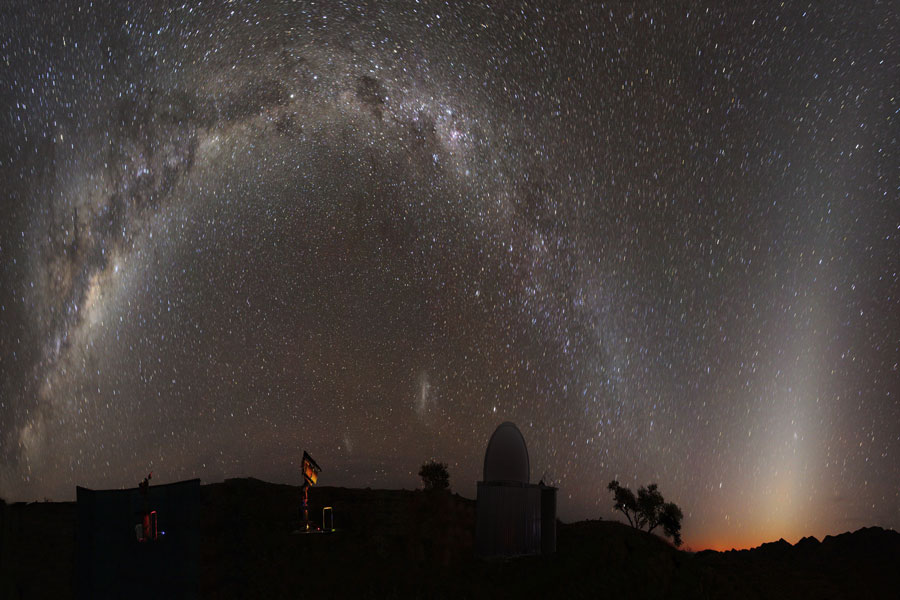
Posted on 04/14/2021 9:17:03 AM PDT by aimhigh
Whenever I wipe the dust off my coffee table or catch a glimpse of dust motes floating in sunlight, my spacey mind always wonders, is any of that cosmic dust? It just might be. But the amount of space dust that lands on our planet every year might surprise you.
Scientists have long known that there is annual flux of extraterrestrial material deposited on Earth, which mainly comes in the form of tiny particles, primarily from comets and asteroids. These sub-millimeter-sized dust grains are the ones that can make it down through our atmosphere unscathed. But the exact amount has never been calculated, due to the difficulty in collecting and monitoring this dust. The biggest issue is that Earth itself and the atmosphere are dusty places, so if you’re collecting dust, how do you discern between Earth dust and space dust?
For the past 20 years, a group of scientists have collected dust in the least dusty place on Earth: the plains of central Antarctica, which are always covered with snow and ice.
(Excerpt) Read more at universetoday.com ...
At this rate of mass gain, the earth will become a black hole in 78 trillion years. Clearly racist!
That number is very low.
....which might equate to something like an ounce per square mile or some insignificant amount....
...so why are they wondering about this and why am I wasting my time thinking about it. ??

Wouldn’t all that dust in the atmosphere create a global cooling issue? Quick.... hit the panic button.
Now how much of the atmosphere is lost to spece every year?
0.0002 ounces per square mile.
That means the Earth is getting more mass, ergo stronger gravity.............
Nevermind... cubed instead of squared.
I thought the moon was looking a little closer.
OK, i’ll prolly get slapped for this, but...
“Ferromagnetic metals are strongly attracted by a magnetic force. The common ferromagnetic metals include iron, nickel, cobalt, gadolinium, dysprosium and alloys such as steel that also contain specific ferromagnetic metals such as iron or nickel.”
so how much of this will travel along magnetic lines and end up at the poles skewing results?

I’ve read studies that suggested as much as 20 to 50 tons a day.
cause it can’t all fall on my place...
Well, since the Earth’s mass is 13 billion trillion tons this will become a problem about 10 billion years after the Sun expires.

That wedge of light you see on the right side of this picture is called ' Zodiacal dust ". It's on the opposite side of the Sun in this view. This dust orbits around the Sun in the same plane the Earth does. This is the stuff that falls unto the Earth.
But we put triple that amount of weight in space with satellites.
My calc puts it between 235,000 & 246,000 but my data might have been skewed with meteors and space junk data...
what goes up...
Thats an interesting question. One usually thinks of electron and proton fluxes getting trapped in the mag field (causing things like the aurora’s). Thats a charged particle in the field. Will a ferromagnetic particle act similarly? Might not since a magnet has both charges. Might cause an orientation but maybe not trap the particle the way it would a charged particle.
Disclaimer: Opinions posted on Free Republic are those of the individual posters and do not necessarily represent the opinion of Free Republic or its management. All materials posted herein are protected by copyright law and the exemption for fair use of copyrighted works.